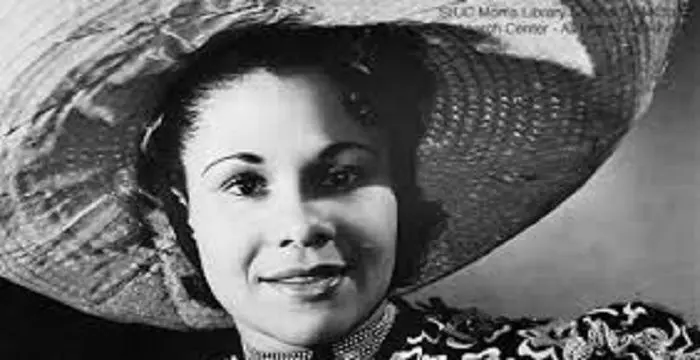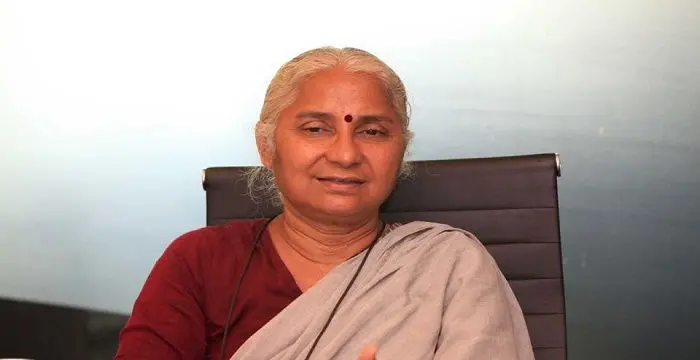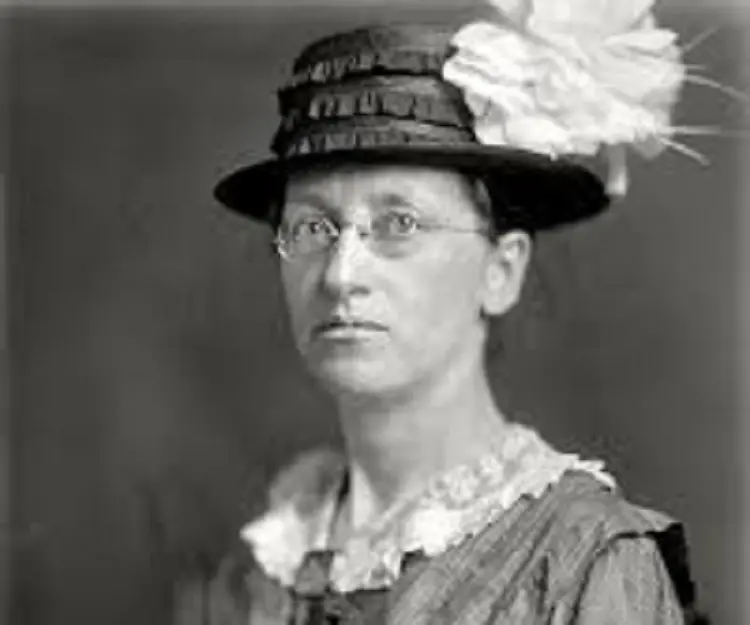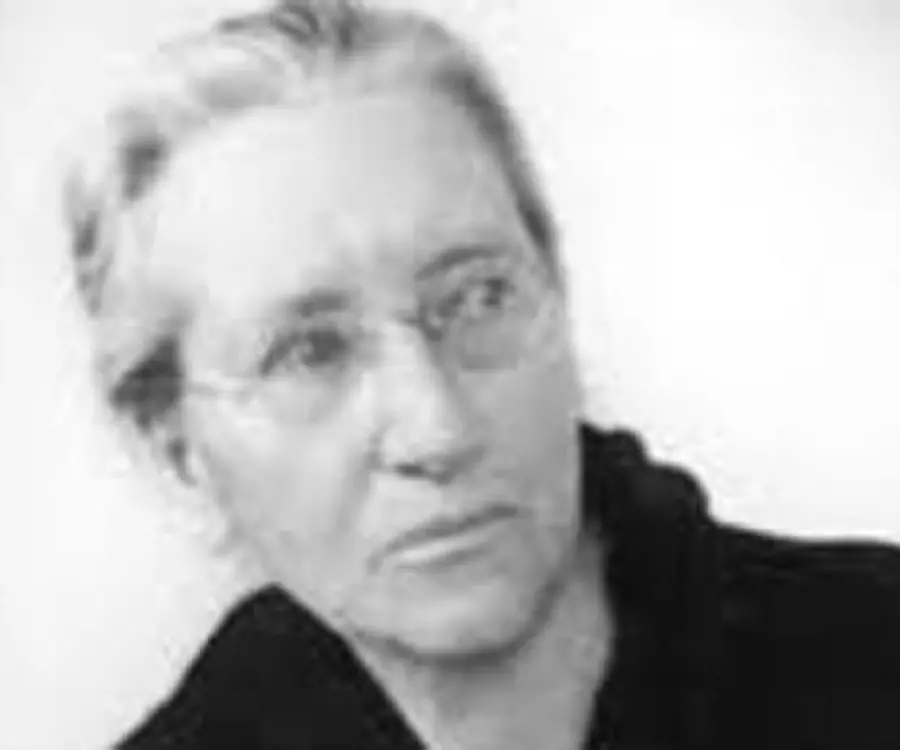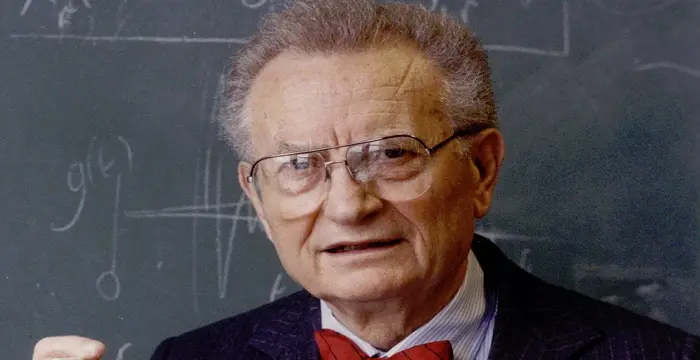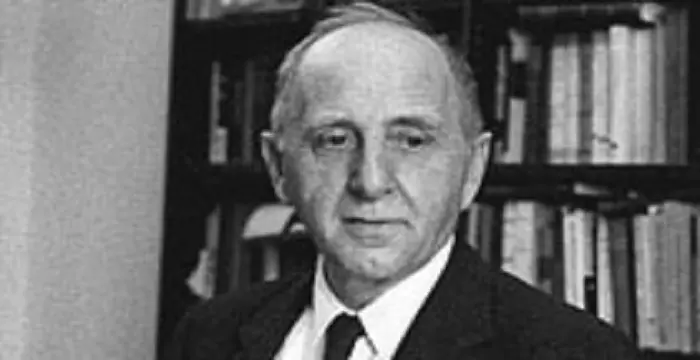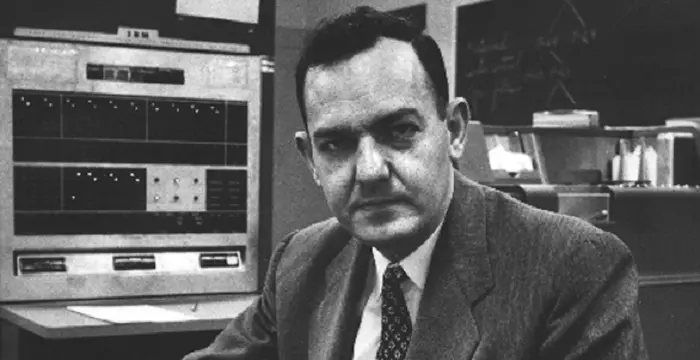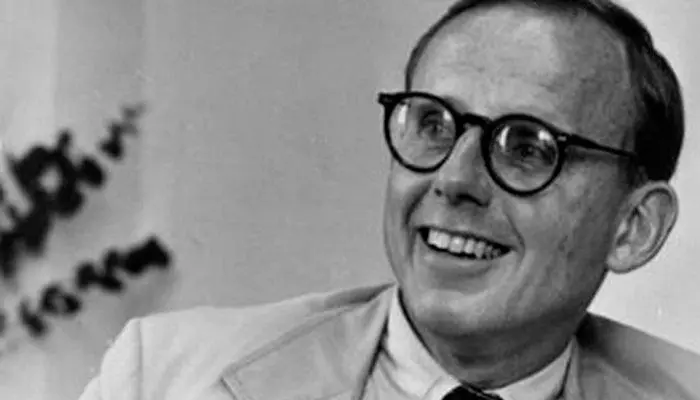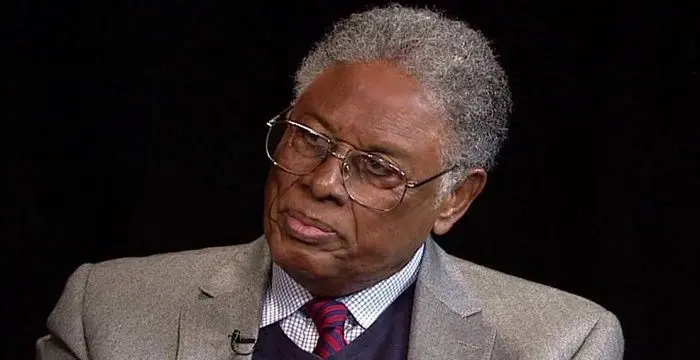
Emily Greene Balch - Social Activist, Family and Childhood
Emily Greene Balch's Personal Details
Emily Greene Balch was an American economist, sociologist and pacifist who won the 1946 Nobel Peace Prize
| Information | Detail |
|---|---|
| Birthday | January 8, 1867 |
| Died on | January 9, 1961 |
| Nationality | American |
| Famous | Nobel Peace Prize, University Of Chicago, Children's Rights Activists, Women's Rights Activists, Intellectuals & Academics, Economists, Sociologists, Social Activist |
| City/State | Boston |
| Known as | Болч, Эмили Грин |
| Universities |
|
| Notable Alumnis |
|
| Founder / Co-Founder |
|
| Birth Place | Boston |
| Gender | Female |
| Sun Sign | Capricorn |
| Born in | Boston |
| Famous as | Social Activist |
| Died at Age | 94 |
// Famous Social Activist
Katherine Dunham
Katherine Dunham was an American dancer and choreographer, credited to have brought the influence of Africa and the Caribbean into American dance. This biography provides information about her childhood, life, achievements, works & timeline.
Medha Patkar
Medha Patkar is a well-known Indian social activist. This biography profiles her childhood, activism, contribution and some interesting facts about her.
Simone Weil
Simone Weil was a French philosopher, Christian spiritualist and an activist who was a part of the French Resistance during World War II. Know more about her life, childhood, and timeline here.
Emily Greene Balch's photo
Who is Emily Greene Balch?
Emily Greene Balch was an American economist, sociologist and pacifist who dedicated her life to humanitarian causes. She was one of the central leaders of the Women's International League for Peace and Freedom (WILPF) based in Switzerland, for which she shared the Nobel Peace Prize in 1946 with John R. Mott. Born to well-educated Unitarian parents in Boston, she was raised in an intellectually stimulating environment. A good student, she studied economics at Bryn Mawr College and won the college’s first European Fellowship, proceeding to study economics in Paris under Émile Levasseur. She embarked on a highly successful academic career which she combined with her long-standing interest in social issues. She became a leader of the Women's Trade Union League and focused on issues related to immigration, juvenile delinquency and the economic roles of women. At the beginning of the World War I she moved into the peace movement and collaborated with fellow sociologist and pacifist Jane Addams of Chicago on several projects. Continuing with her commitment to humanitarian causes, she soon became an American leader of the international peace movement and played a central role in the International Congress of Women. She never married and dedicated her entire life to the causes she believed in.
// Famous Intellectuals & Academics
Bertil Gotthard Ohlin
Bertil Gotthard Ohlin was a famous Swedish economist. This biography profiles his childhood, family life & achievements.
Martin Buber
One of the greatest philosophers to have ever walked on earth, Martin Buber contributions to philosophy is a long-standing one. Explore all about his profile, childhood, life and timeline here.
Paul Samuelson
Nobel laureate Paul Anthony Samuelson is referred to as the ‘Father of Modern Economics’. This biography profiles his childhood, life, career, achievements and interesting facts about him.
Childhood & Early Life
Emily Greene Balch was born on January 8, 1867, in Boston, USA into a prosperous Unitarian family to Francis V. and Ellen (Noyes) Balch. Her father was a prominent lawyer, who had at one time served as secretary to United States Senator, Charles Sumner. She had five siblings.
Her parents instilled high moral standards in the children and ensured that they received good education. Emily attended Miss Catherine Ireland's School in Boston before joining the Bryn Mawr College to study economics, in 1886. She graduated with an A.B. degree, in 1889.
She won a European Fellowship awarded by Bryn Mawr and traveled to Paris to study economics under Émile Levasseur, in 1890–1891. She also did short courses at Harvard and the University of Chicago, and put in a full year of work in economics, in 1895–1896, in Berlin.
Career
Emily Greene Balch joined Wellesley College as an assistant, teaching economics courses, in 1896. In no time she proved herself to be a very gifted and dedicated teacher and rose to the rank of professor of economics and sociology by 1913.
She had always been interested in social issues and during this period she also served as a member of two municipal boards (one on children and one on urban planning) and of two state commissions (one on industrial education, the other on immigration). In addition, she participated in movements pertaining to women’s suffrage, racial justice, and rights of immigrants. She published a major sociological study of ‘Our Slavic Fellow Citizens’ in 1910.
She had always been a pacifist at heart and when the World War I broke out in 1914, she ventured into political activism and became active in pacifism. She was a delegate to the International Congress of Women at The Hague in 1915 where she helped to found an organization called the Women's International Committee for Permanent Peace, later named the Women's International League for Peace and Freedom.
Independent minded and outspoken, she collaborated with other like-minded women like Jane Addams and Alice Hamilton to write ‘Women at The Hague: The International Congress of Women and Its Results’ (1915).
Because of her activism and radical behavior, Wellesley College terminated her contract in 1919. The same year, she attended the second convention of the International Congress of Women held in Zurich where she was elected secretary-treasurer of the newly-formed Women's International League for Peace and Freedom (WILPF).
Religion and spirituality played a major role in shaping her beliefs and she converted from Unitarianism to a Quaker, in 1921. The same year she also joined the London Society of Friends. During this time she suffered from some health issues which forced her to resign as secretary-treasurer of the WILPF. However, she would continue her involvement with the league in the coming years.
She was selected as a member of a WILPF committee appointed to investigate conditions in Haiti in 1926. She then travelled to Haiti and helped to write and edit the committee's report ‘Occupied Haiti’. President Herbert Hoover subsequently removed U.S. troops from Haiti on the basis of the commission's report.
Emily Greene Balch worked tirelessly throughout the 1930s to help the victims of Nazi persecution. In 1939 she published ‘Refugees as Assets’, urging the U.S. to admit refugees from Nazis. She also advocated support for Japanese-Americans held in U.S. detention camps following the attack on Pearl Harbor in 1941. She continued her involvement in humanitarian causes well into her seventies and refused to be held back by age or health issues.
Major Works
Emily Greene Balch is best remembered for her work with the Women's International League for Peace and Freedom (WILPF), a non-profit organization that aimed to unite women worldwide who oppose oppression and exploitation. She had once served as the organization’s secretary-treasurer and was later made its Honorary International President.
Awards & Achievements
In 1946, she shared the Nobel Peace Prize with John Raleigh Mott. She won the prize for her work with the Women's International League for Peace and Freedom (WILPF).
Personal Life & Legacy
Emily Greene Balch never married and dedicated her entire life to working for humanitarian causes.
She lived a long life and suffered from ill health during her later years. She entered Mr. Vernon Nursing Home in Cambridge, Massachusetts, in 1956 and died on January 9, 1961, at the age of 94.
// Famous Economists
Bertil Gotthard Ohlin
Bertil Gotthard Ohlin was a famous Swedish economist. This biography profiles his childhood, family life & achievements.
Paul Samuelson
Nobel laureate Paul Anthony Samuelson is referred to as the ‘Father of Modern Economics’. This biography profiles his childhood, life, career, achievements and interesting facts about him.
Simon Kuznets
Simon Kuznets was a noted Russian-American economist, statistician, demographer, and economic historian. Check out this biography to know about his childhood, family life, achievements and other facts related to his life.
Emily Greene Balch's awards
| Year | Name | Award |
|---|---|---|
Other | ||
| 0 | Nobel Peace Prize | |
Emily Greene Balch biography timelines
- // 8th Jan 1867Emily Greene Balch was born on January 8, 1867, in Boston, USA into a prosperous Unitarian family to Francis V. and Ellen (Noyes) Balch. Her father was a prominent lawyer, who had at one time served as secretary to United States Senator, Charles Sumner. She had five siblings.
- // 1886 To 1889Her parents instilled high moral standards in the children and ensured that they received good education. Emily attended Miss Catherine Ireland's School in Boston before joining the Bryn Mawr College to study economics, in 1886. She graduated with an A.B. degree, in 1889.
- // 1890She won a European Fellowship awarded by Bryn Mawr and traveled to Paris to study economics under Émile Levasseur, in 1890–1891. She also did short courses at Harvard and the University of Chicago, and put in a full year of work in economics, in 1895–1896, in Berlin.
- // 1896 To 1913Emily Greene Balch joined Wellesley College as an assistant, teaching economics courses, in 1896. In no time she proved herself to be a very gifted and dedicated teacher and rose to the rank of professor of economics and sociology by 1913.
- // 1910She had always been interested in social issues and during this period she also served as a member of two municipal boards (one on children and one on urban planning) and of two state commissions (one on industrial education, the other on immigration). In addition, she participated in movements pertaining to women’s suffrage, racial justice, and rights of immigrants. She published a major sociological study of ‘Our Slavic Fellow Citizens’ in 1910.
- // 1914 To 1915She had always been a pacifist at heart and when the World War I broke out in 1914, she ventured into political activism and became active in pacifism. She was a delegate to the International Congress of Women at The Hague in 1915 where she helped to found an organization called the Women's International Committee for Permanent Peace, later named the Women's International League for Peace and Freedom.
- // 1915Independent minded and outspoken, she collaborated with other like-minded women like Jane Addams and Alice Hamilton to write ‘Women at The Hague: The International Congress of Women and Its Results’ (1915).
- // 1919Because of her activism and radical behavior, Wellesley College terminated her contract in 1919. The same year, she attended the second convention of the International Congress of Women held in Zurich where she was elected secretary-treasurer of the newly-formed Women's International League for Peace and Freedom (WILPF).
- // 1921Religion and spirituality played a major role in shaping her beliefs and she converted from Unitarianism to a Quaker, in 1921. The same year she also joined the London Society of Friends. During this time she suffered from some health issues which forced her to resign as secretary-treasurer of the WILPF. However, she would continue her involvement with the league in the coming years.
- // 1926She was selected as a member of a WILPF committee appointed to investigate conditions in Haiti in 1926. She then travelled to Haiti and helped to write and edit the committee's report ‘Occupied Haiti’. President Herbert Hoover subsequently removed U.S. troops from Haiti on the basis of the commission's report.
- // 1939 To 1941Emily Greene Balch worked tirelessly throughout the 1930s to help the victims of Nazi persecution. In 1939 she published ‘Refugees as Assets’, urging the U.S. to admit refugees from Nazis. She also advocated support for Japanese-Americans held in U.S. detention camps following the attack on Pearl Harbor in 1941. She continued her involvement in humanitarian causes well into her seventies and refused to be held back by age or health issues.
- // 1946In 1946, she shared the Nobel Peace Prize with John Raleigh Mott. She won the prize for her work with the Women's International League for Peace and Freedom (WILPF).
- // 1956 To 9th Jan 1961She lived a long life and suffered from ill health during her later years. She entered Mr. Vernon Nursing Home in Cambridge, Massachusetts, in 1956 and died on January 9, 1961, at the age of 94.
// Famous University Of Chicago
Satya Nadella
Satya Nadella is the current CEO of Microsoft. This biography provides detailed information about his childhood, profile, career, net worth & timeline
Susan Sontag
Susan Sontag is an American critical essayist, cultural analyst, novelist, political activist, filmmaker and playwright of international repute. Read on to find out more about her childhood, career, profile and timeline.
Paul Samuelson
Nobel laureate Paul Anthony Samuelson is referred to as the ‘Father of Modern Economics’. This biography profiles his childhood, life, career, achievements and interesting facts about him.
Herbert Simon
Herbert Simon was an American political scientist, economist, sociologist, psychologist, and computer scientist. Check out this biography to know about his childhood, family life, achievements and other facts related to his life.
Samuel P. Huntington
Samuel Phillips Huntington was a famous American political scientist who proposed the controversial thesis of ‘The Clash of Civilizations’. Find out more about his life in this biography
Thomas Sowell
Thomas Sowell is an American economist, syndicated columnist, writer and social theorist. Check out this biography to know about his birthday, childhood, family life, achievements and fun facts about him.
Emily Greene Balch's FAQ
What is Emily Greene Balch birthday?
Emily Greene Balch was born at 1867-01-08
When was Emily Greene Balch died?
Emily Greene Balch was died at 1961-01-09
Where was Emily Greene Balch died?
Emily Greene Balch was died in Cambridge
Which age was Emily Greene Balch died?
Emily Greene Balch was died at age 94
Where is Emily Greene Balch's birth place?
Emily Greene Balch was born in Boston
What is Emily Greene Balch nationalities?
Emily Greene Balch's nationalities is American
What was Emily Greene Balch universities?
Emily Greene Balch studied at University Of Chicago, Bryn Mawr College, University of Chicago
What was Emily Greene Balch notable alumnis?
Emily Greene Balch's notable alumnis is University Of Chicago
Which company or organization was founded by Emily Greene Balch?
Emily Greene Balch was the founder/co-founder of Women's International League for Peace and Freedom
What is Emily Greene Balch's sun sign?
Emily Greene Balch is Capricorn
How famous is Emily Greene Balch?
Emily Greene Balch is famouse as Social Activist
